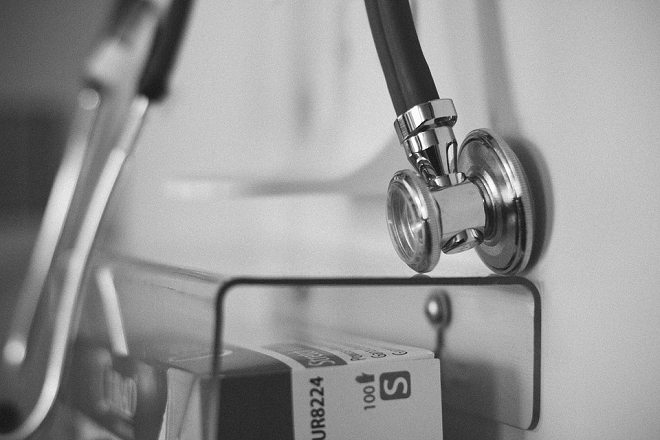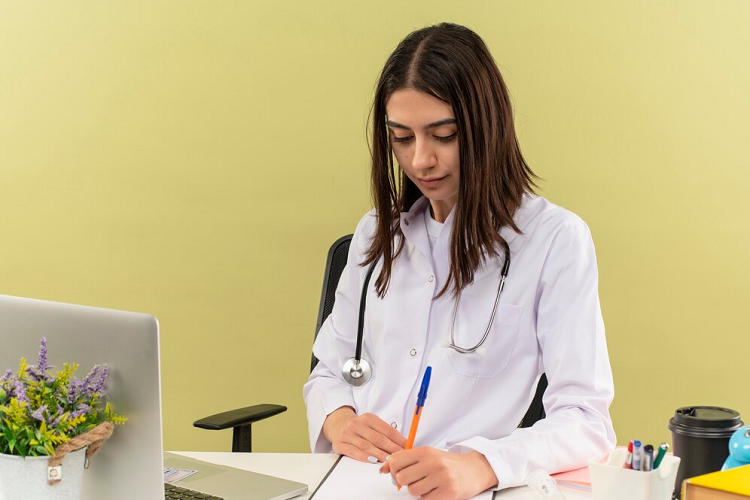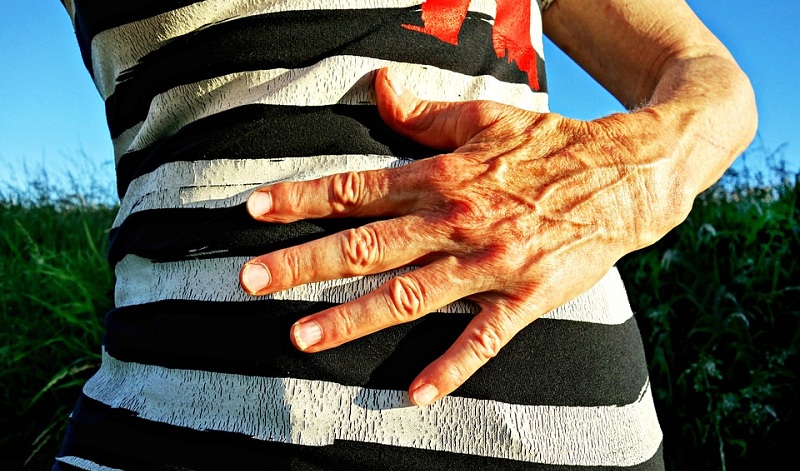For hospitals, providing quality care to their patients is of the essence. Enhancing patient care is the main priority for all healthcare professionals. The quality of patient care is determined by the state of the infrastructure, the quality of training, the competence of the personnel, and, last but not least, the efficiency of the medical technology.
Technology, in particular, plays an important role in the operation of the modern healthcare facility. Integrating new technology may be difficult, but it has a far-reaching impact in terms of the care delivered to patients.
List of health technology hazards that can lead to medical errors
Technology is supposed to reduce the number of medical negligence cases, yet, sometimes, it does the exact opposite. The ever-increasing use of technology and complex medical equipment draws attention to the need to adequately train the healthcare staff and professionals so that they don’t cause harm or death to patients. In this article, we’ll take a look at the top health technology hazards to be aware of.
Missed ventilator alarms
A medical ventilator is a machine that is designed to help a patient breathe when they can’t breathe on their own or they are breathing unsatisfactorily. Basically, it moves air in and out of the lungs. The amount of oxygen that a person receives is controlled by a monitor, which is connected to the ventilator. An alarm is set off if the ventilator isn’t working properly. It’s necessary to check whether the patient is still connected to the ventilator and if the tubes/circuits are tightly connected.
Regrettably, many deaths have resulted from the medical staff’s failure to respond to the ventilator alarm. Contrary to popular opinion, they don’t miss the alarms on purpose. More than 70% of alarms are false. Therefore, when doctors have to deal with too many ventilator alarms, desensitization sets in and the outcome is missed alarms.
A clinician may turn off the wrong alarm, which can have devastating consequences. If a person is harmed because of a medical device alarm mistake, they can claim compensation under the law.
Hasty deployment of UV disinfection devices
UV light has been proven to be a very effective antimicrobial, destroying the DNA inside bacteria. To put it simply, it lowers the microbial burden in our environment. Several technologies can work together in a multi-defense strategy. Antimicrobial LEDs represent the newer class of clean light technology. They can kill superbugs such as MRSA, VRE, and K pneumonia, among others. Hospitals in Derby and Burton have introduced UV disinfection robots, which are used in the main cleaning cycle.
The problem is that overexposure to UV light can damage the human DNA. The stability of the DNA is very important for the functioning of all cellular processes. As a result, prolonged exposure to UV light affects the physiological processes of all living systems. It’s paramount to understand that UV disinfection devices have limits. While UV light can make indoor spaces safer, if it’s used the wrong way, patients could be hurt. It’s necessary to figure out how to best leverage UV disinfection devices without harming human health.
Rapid adoption of telehealth technologies
At present, hospitals are under a great deal of pressure to provide expert medical care across ER departments, surgical sites, outpatient practices, intensive care units, and so on. The outbreak of coronavirus has made things even more difficult. Many healthcare facilities still provide their services to the local community owing to the adoption of telehealth technologies. Telehealth, commonly referred to as telemedicine, involves the use of electronic information and telecommunication technologies.
Telehealth might offer a convenient and cost-effective way to keep things going, but it does have its drawbacks. Examples include suboptimal treatment, an increased risk of medical errors, and limited access to medical care. There’s also the issue of rushing the implementation of telehealth without taking the necessary cybersecurity measures. Telehealth poses significant cybersecurity issues, so employees should be trained to watch out for attacks. Also, data should be encrypted, the software should be updated, and antivirus software should be deployed.
Faulty automated dispensing cabinets
An automated dispensing cabinet is a computerized medicine cabinet that allows medication to be stored and dispensed near the point of care. Studies have demonstrated that automated dispensing cabinets can improve workflow efficiency, reduce medical errors, and improve medication administration.
At times, they can cause problems. For instance, if the medication distribution system is stocked with the wrong medication, consequences include the formation of blood clots. If diazepam is given in lieu of diltiazem, that’s what happens. It’s important to understand that there are strategies to promote the safe use of automated dispensing cabinets.
Vulnerabilities in third-party software
Healthcare providers seem to be running after third-party apps for tasks such as retrieving medical records. Software developers are required to publish the application programming interfaces and integrate them into their electronic health records so that regular individuals can access and download their medical data. Hospitals and the patients they take care of are increasingly sharing data with third-party software developers, who can help them manage health and wellness.
Cybersecurity breaches can take place via third-party software. There’s no shortage of headlines when it comes to such issues. Identifying and mitigating risk might appear like a complex undertaking, yet someone has to do it. The need for asking questions and performing due diligence when it comes to the software vendor is essential. The vendor should place emphasis on finding and fixing bugs, not to mention critical security gaps.
The bottom line is that unfortunate events and near-misses occur when technology is introduced into hospitals without proper training. Healthcare facilities should examine the situation and figure out what could happen when new technology is introduced. If a patient is able to prove that a clinician has caused harm in any way, the medical error can lead to a lawsuit. The idea is that it’s necessary to move on from trying to cope with the situation to building a strong process. Innovation is neither good nor bad.




